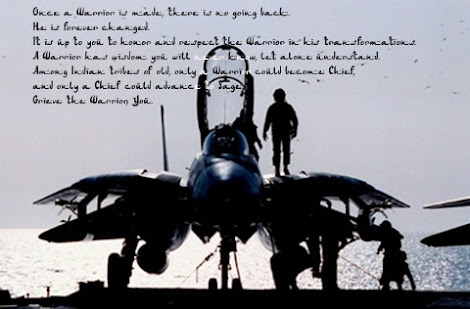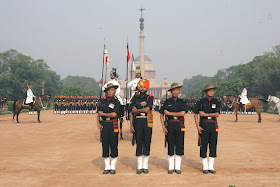Saturday 22nd May was supposed to be a happy day for many indian families but it in fact turned out to be the biggest air disaster india has seen till date. Air India Express, IX 812, inbound Mangalore from Dubai overshot the runway and fell in the ravine at the end on the runway and burst into flames. As per reports, only 8 people survived with a casualty of 158 lives. Investigators are yet to examine the Flight data recorder( Black Box) which will clear the picture.

But what could have been wrong? The ATC says that the aircraft was looking good and no distress signal was relayed by the pilot or co-pilot. At around 6:03 AM,4 miles out , the ATC gave a "clear" on touchdown.The pilot acknowledged. That was the last communication with the aircraft. The aircraft was a boeing 737 which is a very reliable aircraft. Mangalore runway is a table top runway above a plateau and is 8000ft which is more than sufficient to land a 737 liner.So it clearly shows that whatever happened- it happened after the touchdown.
Let's look at the landing of IX-812.... A typical airliner like 737 uses ILS for landing. For those who don't know about ILS- It stands for Instrument Landing System- ILS has 2 main parts- LOCALIZER: which aligns the aircraft with the runway and GLIDE SLOPE:which determines the glide angle or the touchdown angle. In every sense ILS is an precision approach system and with the most sophisticated equipment it can guide you right down to the runway- zero Decision-Height and zero visibility. When IX-812 was landing the aircraft overshot it's actual touchdown point by 2000 ft.So the pilot has got only 5000ft to bring the aircraft to halt and taxi it on the tarmac. This means that pilot was too steep during the touchdown, which also means that aircraft speed was very high.Pilot must have realized that after touchdown.He must have deployed "Hard brakes". But because the angle of glide was too steep and speed was high, the tyres could not take that pressure and burst-ed. Aircraft went out of control and rolled in the gorge.
Ofcourse this is an assumption and we need to get the exact airspeed, weight of the aircraft and runway condition.
There are many things which you can do to maximize the chances of survival during air crashes :
1) Safest Seat: The rear portion of the aircraft is the safest. Many people think that the mid position is the safest. That's not true. The mid portion has wings and engines. Modern aircrafts store fuel in the wings. The mid section of the fuselage also holds the main fuel tank and fuel pumps.
2) Emergency Briefings: I have seen many people laugh at stewardess during those briefings. Don't under estimate it. Before the aircraft takes to air..locate the nearest emergency hatch.Don't just make a visual snap. Remember the exit door by counting the number of rows of seats. Iam asking to do this because in most air crashes the fuselage will be full of fire, fuel and smoke. So you may not see the door clearly.
3)Clothing: Never wear synthetic cloths. They catch fire. Panty-hose have been known to melt right into a woman's skin. Wear shoes.
Air transport is still by far the safest mode of transportation.














